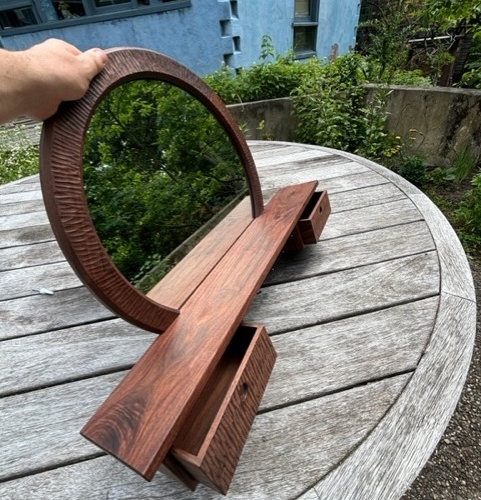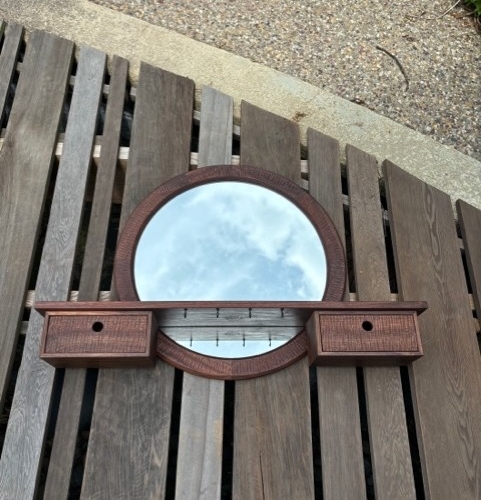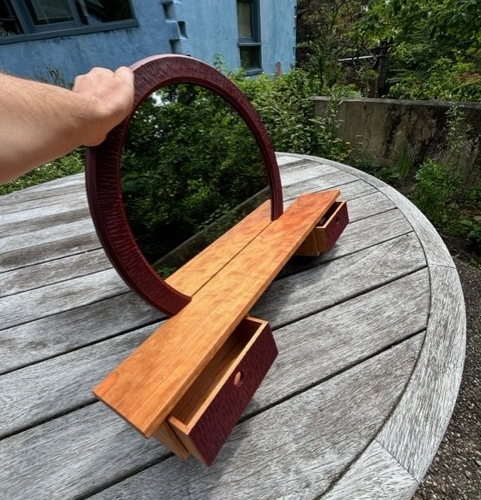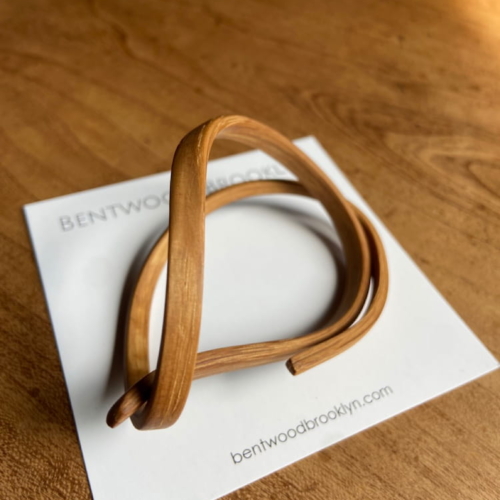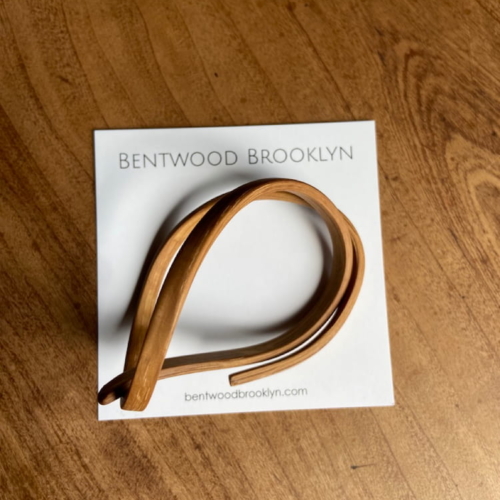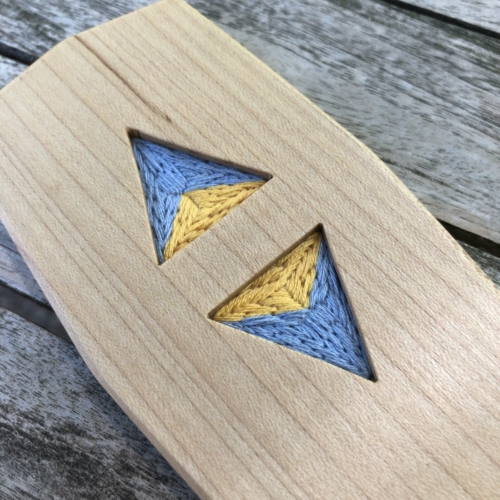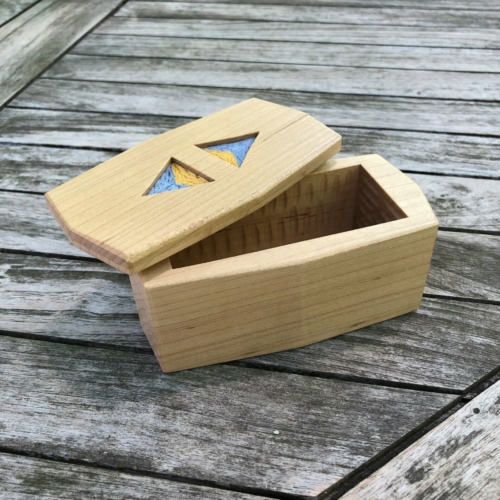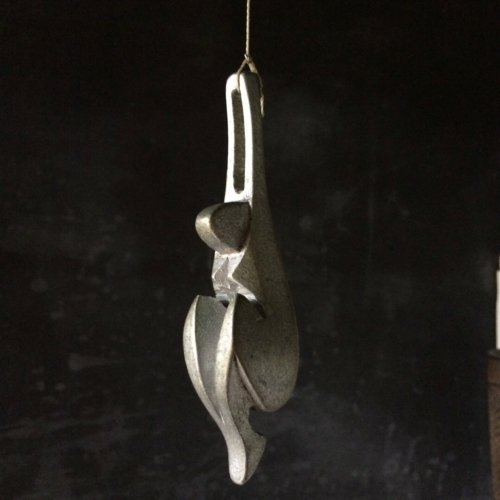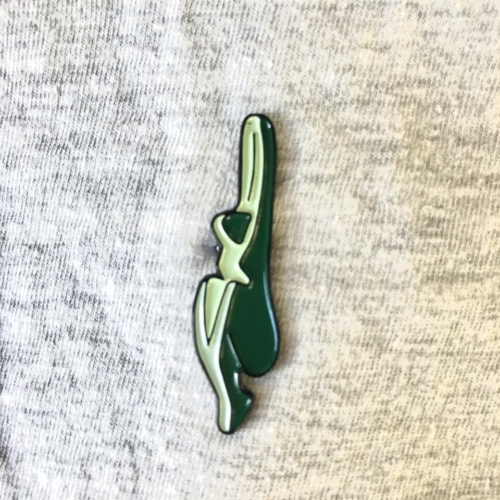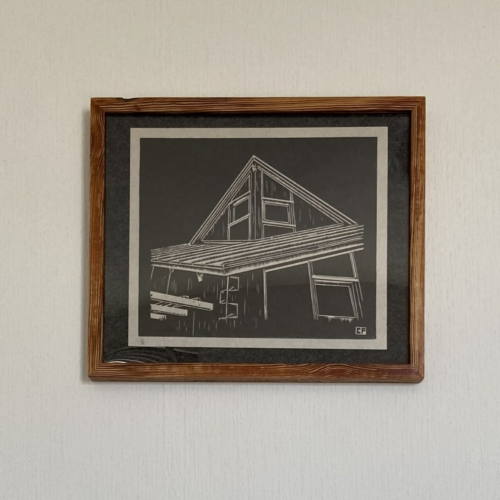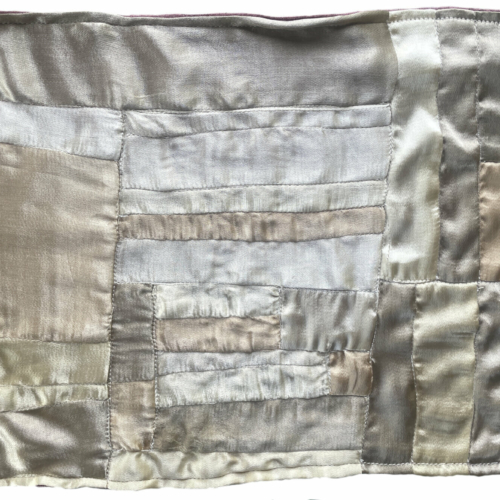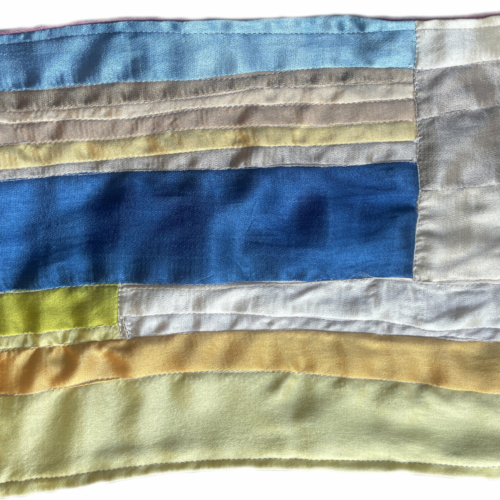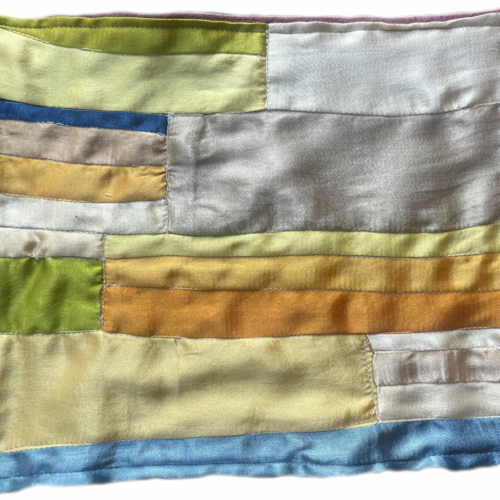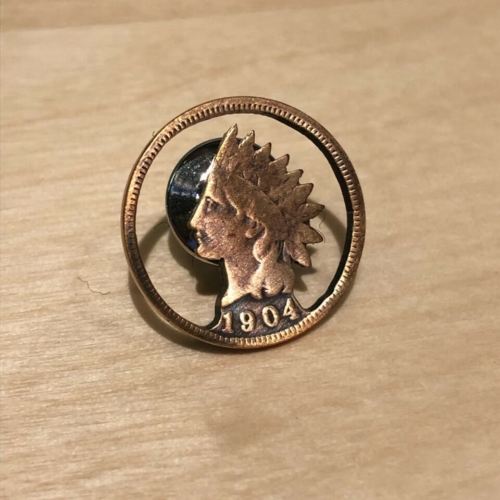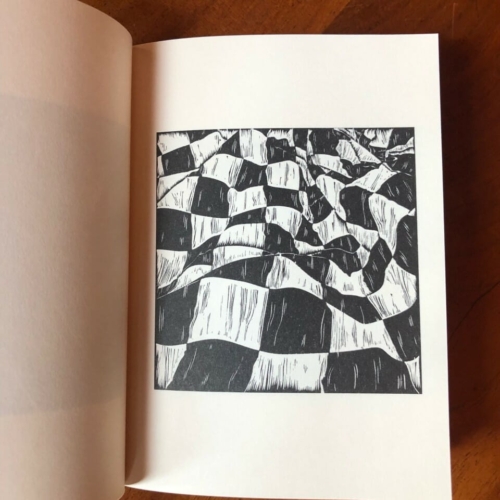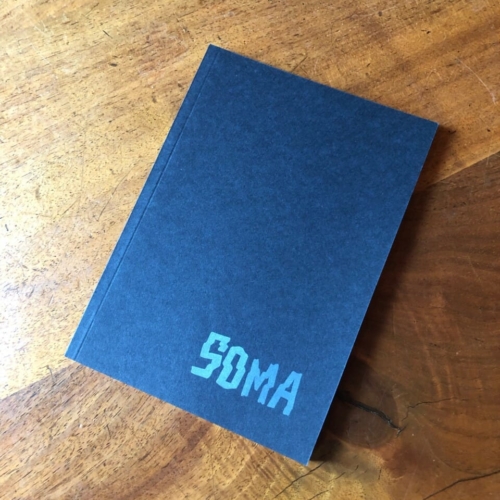-
Out of stock
 Handmade Bentwood Jewelry - Sassafras Cuff
Handmade Bentwood Jewelry - Sassafras Cuff -
Out of stock

 Handmade Bentwood Jewelry - Sassafras Earrings
Handmade Bentwood Jewelry - Sassafras Earrings -
Out of stock
 Earrings from Morgan Hill's 'Classics' series. https://www.morganhillcreative.com/ Photo courtesy of the artist.
Earrings from Morgan Hill's 'Classics' series. https://www.morganhillcreative.com/ Photo courtesy of the artist. -
 Live at The Museum for Art in Wood 10/14/2022 Run Time: 9:49 Composed and Performed by Colin Pezzano & Sam Gasparre.Recorded by Kevin Keenan http://www.colinpezzano.com/
Live at The Museum for Art in Wood 10/14/2022 Run Time: 9:49 Composed and Performed by Colin Pezzano & Sam Gasparre.Recorded by Kevin Keenan http://www.colinpezzano.com/ -
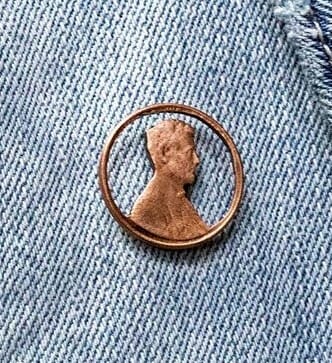 http://www.staceyleewebber.com/ Photo courtesy of the artist
http://www.staceyleewebber.com/ Photo courtesy of the artist -
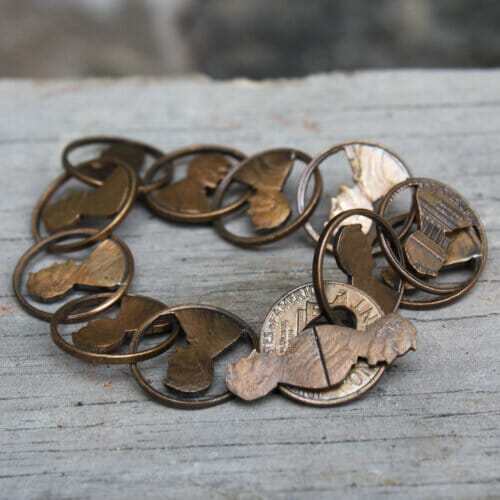 http://www.staceyleewebber.com/ Photo courtesy of the artist
http://www.staceyleewebber.com/ Photo courtesy of the artist -
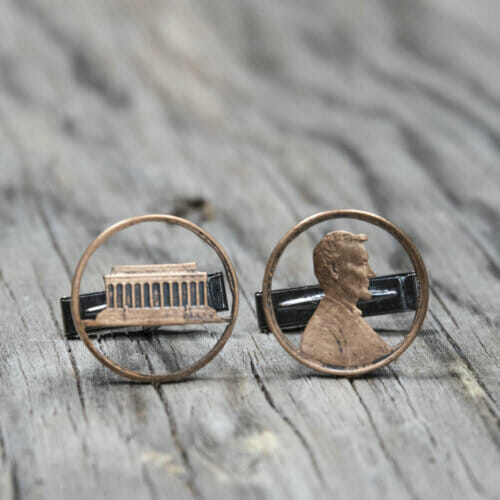 http://www.staceyleewebber.com/ Photo courtesy of the artist
http://www.staceyleewebber.com/ Photo courtesy of the artist -
Out of stock
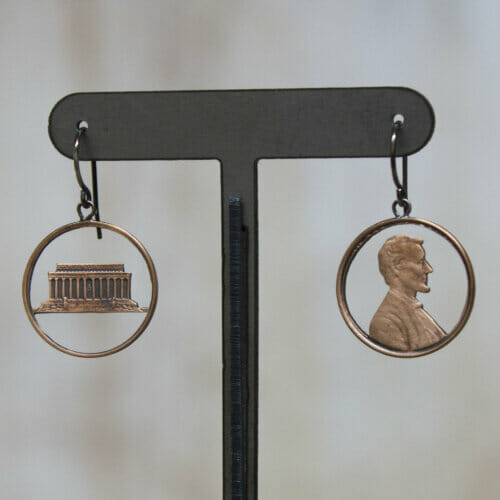
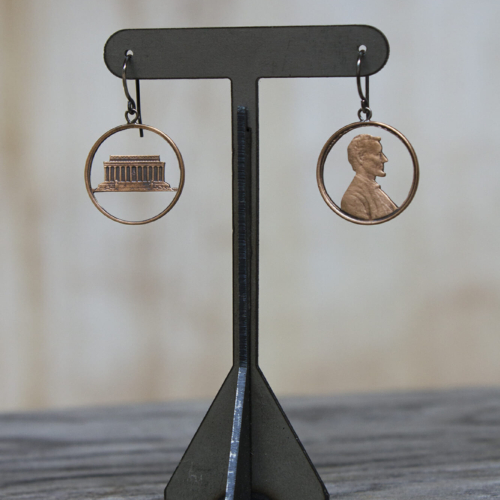 http://www.staceyleewebber.com/ Photo courtesy of the artist
http://www.staceyleewebber.com/ Photo courtesy of the artist

